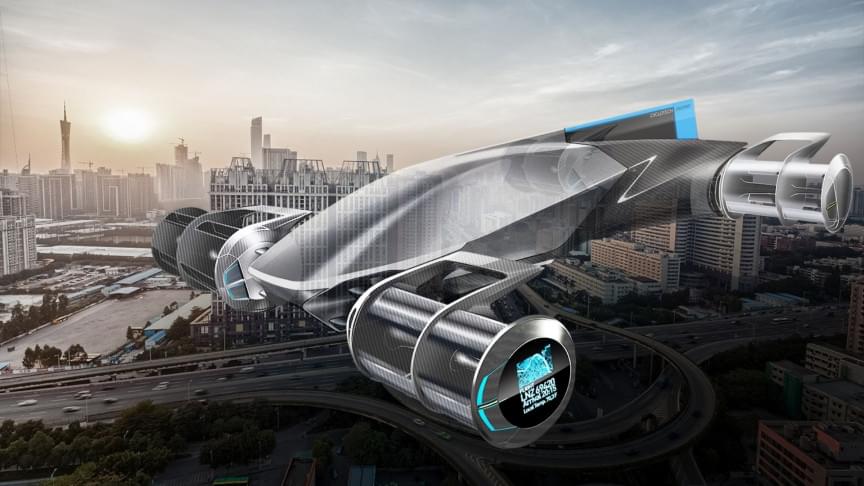Jan 23, 2022
Brain device records activity in record-breaking detail
Posted by Dan Kummer in categories: computing, media & arts, neuroscience
Beyond that, the ECoG technology could be developed for use in the emerging field of brain-computer interfaces, which have a huge range of potential applications – from controlling a computer just by thinking, to streaming music directly to your brain.
By uncovering new knowledge about how the brain works, for example, the device could be used to interpret hand motions in new ways utilising brain wave patterns.


















